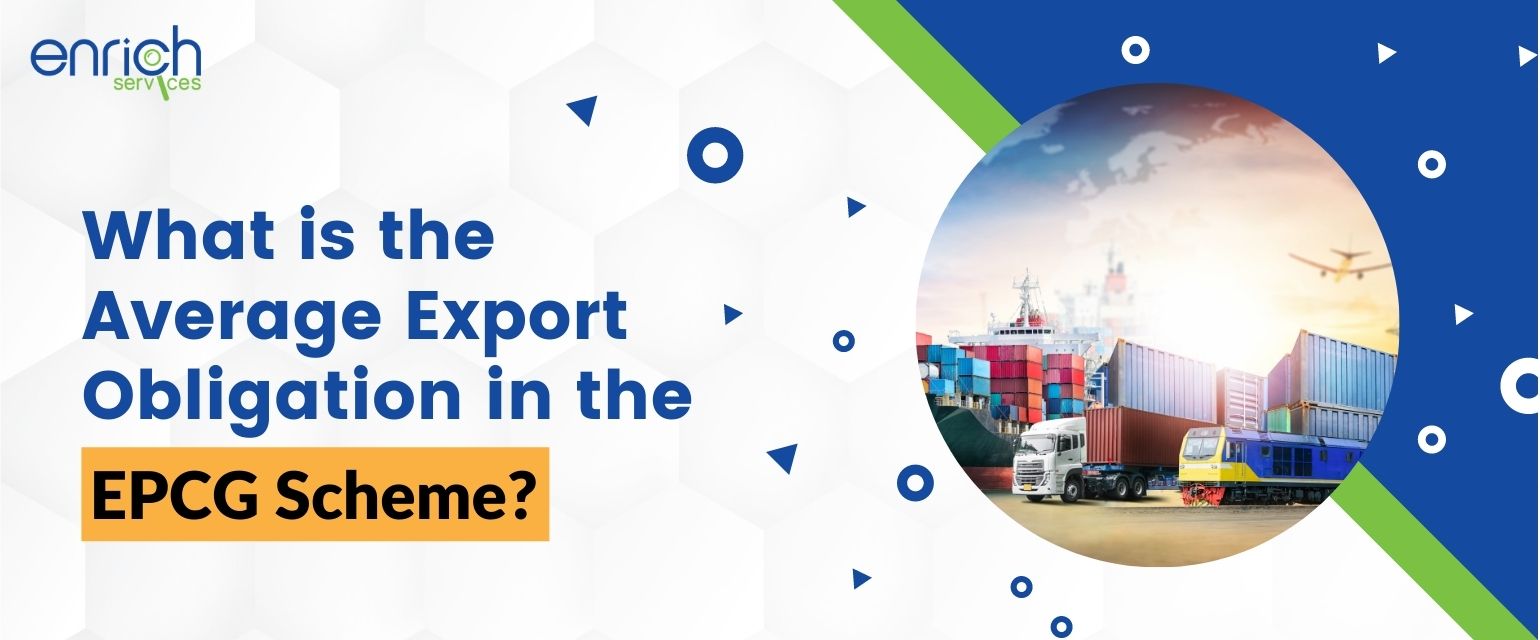What is the Average Export Obligation in the EPCG Scheme

About EPCG Scheme
The term EPCG stands for Exports Promotion Capital Goods. It is a term that is most likely used in the business of exports and imports. EPCG Scheme is a scheme that lets a person import capital goods at zero customs duty. The main aim of the EPCG Scheme is to make sure that good quality goods and services are being imported into the country. Another purpose of the EPCG Scheme is to improve the scale of manufacturing in India and Exports to other countries.
The capital goods that are imported under the EPCG scheme can be the following:
• Computer software and systems
• Tools, fixtures, jigs, spares, dies, refractories and moulds
• Capital goods
• Catalysts or initial charge plus one subsequent charge.
List of capital goods not permitted for import under the EPCG scheme is given in Appendix-5F. Under the EPCG Scheme, all the manufacturer exporters are covered by those with supporting manufacturers as well as those without manufacturers. The period of export obligation is 6 years.
There are two types of export obligations in the EPCG Scheme, and they are as follows:
1. Specific Export Obligation which is 6 times of duty saved value.
2. Average Export Obligation.
What is Average Export Obligation under EPCG Scheme?
Average export obligation means, the average export performance achieved in the preceding three licensing years for the same and similar products. This Average export obligation will be fixed on the EPCG license while its issuance by taking the average of preceding three years of export turnover.
In the Average Export Obligation, an exporter must be able to maintain a proper record of the average turnover of similar goods and services for the previous three financial years till the license is issued. The turnover should be maintained up until the specific export obligation is completed.
The key purpose of average export obligation is to ensure that the average is up to a certain limit. Under this obligation, the Directorate General of Foreign Trade (DGFT) expects you to keep a track of the export performance of all the preceding years.
Fine for not completing the Export Obligation
When we talk about average export obligation there will be no charity shown on that front. The exporter must fulfill 100% average export obligation.
Let’s say if an EPCG license holder fails to meet the requirements of average export obligation, then he/she will have to pay off the custom duties along with an interest of 15% per year to the customs department.
In another case, if the authorization holder has completely attained the average export obligation but somehow failed to fulfill 100% specific export obligation, then he/she will be asked to pay the proportionate duty saved amount that too with an annual interest of 15%.
Exemption in Average Export Obligation under EPCG Scheme
In case of export of goods relating to the following the EPCG authorization holder shall not be required to maintain average export obligation:
(i) Handicrafts,
(ii) Handlooms,
(iii) Cottage & Tiny sector,
(iv) Agriculture,
(v) Aqua-culture (including Fisheries), Pisciculture,
(vi) Animal husbandry,
(vii) Floriculture & Horticulture,
(viii) Poultry,
(ix) Viticulture,
(x) Sericulture,
(xi) Carpets,
(xii) Coir, and
(xiii) Jute
Top DGFT Consultants in Hyderabad
Authors Bio:-

